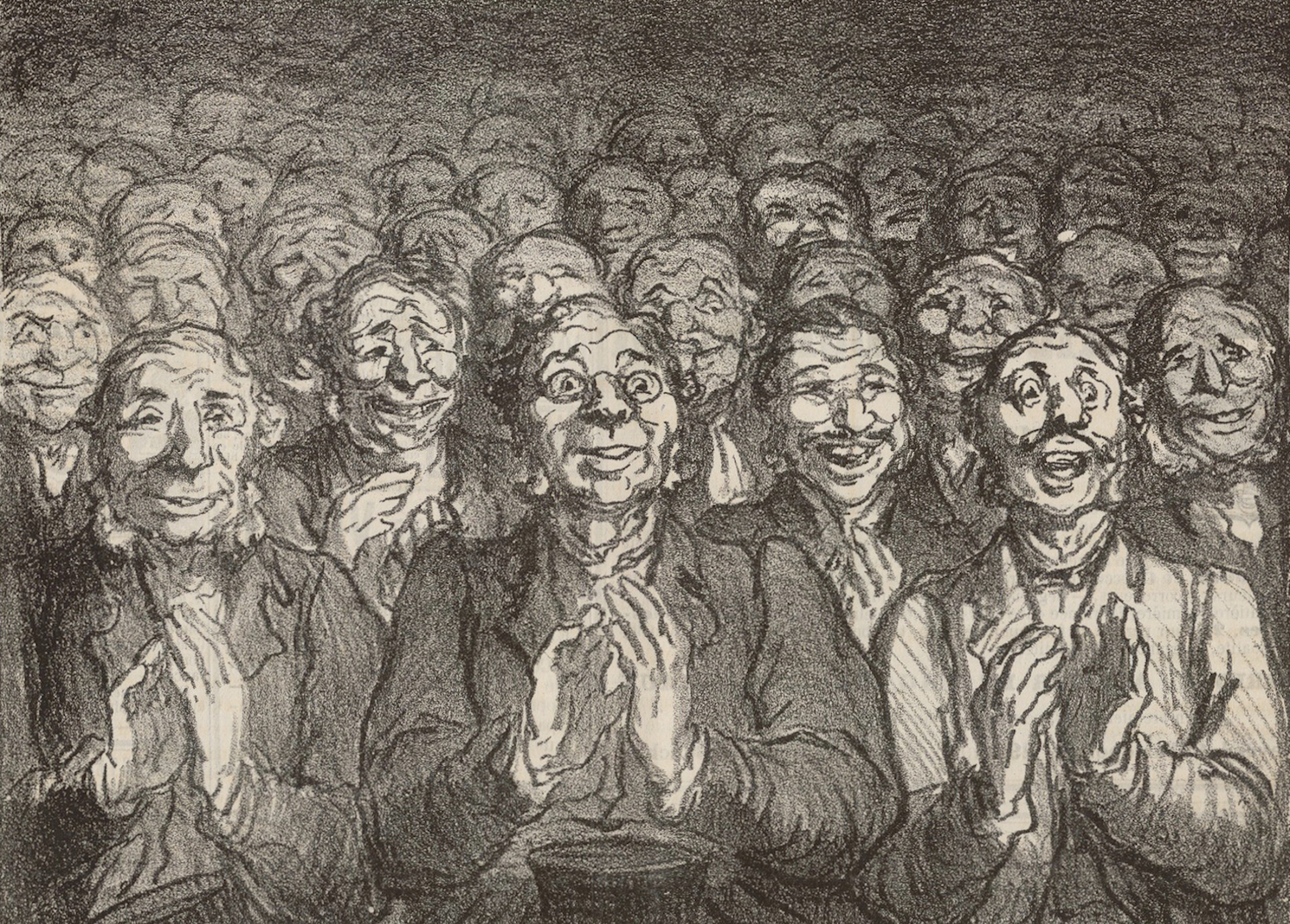The Domain of the Known is completely sterile, it is absolutely sterile. Words cannot say how sterile it is, how frighteningly devoid of possibilities it is. Nothing can be nothing can ever be done in this world that is not destined to be perfectly undone at some future time, nothing can be gained without the exact inverse of this so-called gain be being incurred at the very same time. No movement can ever take place without that movement proving itself to be ‘one half of an oscillation’, ‘one half of a self-cancelling vibration’.
This follows on from Spencer Brown’s Laws of Form, the pertinent law here being ‘to cross twice is not to cross’. An oscillation is an oscillation because it crosses and then crosses again all the time, without cease, for ever and ever. On oscillation is completely sterile, therefore; it is completely sterile because to cross twice is not to cross, as Spencer Brown says. The Laws of Form dictate that nothing is actually happening here, that no movement is taking, even though we think there is. There is an event (of sorts) and that same event, by virtue of the particular type of event it is, is at the same time the undoing of itself. This ‘doing’ is an ‘undoing’ at the same time as being a doing – it is a doing that can only do one thing and that is to perfectly undo itself every time. It is YES and NO at the same time, it is both STOP and GO.
To make this observation about the phenomenon of oscillation is straightforward enough and it doesn’t take too much in the way of explanation to make the point. The next step is to apply this understanding to what we have been calling the Domain of the Known. We started off by saying that nothing can ever be done in the World of the Known that is not destined to be undone at some future time; we ought to refine this statement however to say that time is also part of this artificial world, this provisional domain, which means that it has absolutely no meaning outside of it. Time has no independent (or objective) existence, in other words (which is something that has often been said by both philosophers and mystics) but is – on the contrary – part and parcel of the extrinsic framework of logic that we are using to determine whether a particular event has happened or not. Time is just another axis on the framework, the ‘unreal extension’ of something that can’t be extended.
Logical frameworks operate by taking for granted boundaries that we ourselves have made. These boundaries allow for the possibility of locating events that take place within the context of the framework – we can then say that it happened here, or that it happened there. What we’re talking about is fundamental dissymmetry therefore – ‘here’ is not the same as ‘there’, ‘up’ is not the same as ‘down’. Time is an aspect of this same fundamental lack of symmetry, obviously enough – we all know that ‘the past’ is not the same as ‘the future’, that ‘now’ is not the same as ‘then’. Time is a kink in symmetry just as the dimensions of space are. The point is that only the symmetrical state is real (i.e., ‘only the symmetrical state has independent existence’) and that this primary state of being doesn’t contain any extension in either time or space. Extension is a concept that only makes sense when we have a framework to work within and frameworks only exist when we say they do – frameworks only exist in our own thinking, in other words.
This is intuitively (if not logically) obvious – if we are in the middle of the Sahara Desert then there aren’t going to be any lines drawn in the sand unless we ourselves (or someone else) has drawn them. The desert isn’t ‘a system’ in itself therefore – it isn’t something we can measure or categorize. We could of course say that ‘God drew the lines’ and try to leave it at that, but the snag with this well-worn manoeuvre is that God (as a concept) is just another line drawn in the sand; we’re trying to justify or validate one line drawn in the sand with another line, which is of course what we do all the time. That’s how the Domain of the Known comes into existence in the first place, by means of what we might call ‘disguised tautology’. If we could just settle down for a moment or two (and stop thrashing around) we’d see very plainly that there are no ‘naturally existing lines’ in the Sahara and any that are there are entirely our own business.
Once we see that there no demarcations or boundaries marking out the desert (apart from the ones that we ourselves put there) then we see that there simply is no Domain of the Known; no matter how much we may agree on it and take it for granted it’s still only ever going to be a consensual hallucination. It might be a consensual hallucination we never question (and would furthermore never dream of questioning) but it’s a consensual hallucination all the same – it’s a game we play. Games are therefore our ‘defence against eternity’. We could say that the Domain of the Known is completely sterile because it isn’t real (which is a perfectly reasonable argument) or we could say that it is sterile because everything that takes place within formatted space (which is to say, within the remit of the framework) negates itself as soon as it comes into existence but that we can’t see this self-negating quality that all conditioned phenomena possess because there is a time-lag between ‘statement’ and ‘anti-statement’, and this is also a perfectly sound argument, and it comes of course to the same thing.
Paradox is invisible to us in the Domain of the Known therefore and that’s why it seems like a real thing. We don’t see that everything in the Known World (which is the world that thought creates for us) is self-cancelling because there’s a factor there which (apparently) separates the defined event from the negation of that event, the positive statement and the undoing of this statement. We are blissfully unaware of the operation of paradox and this ignorance is what allows us to carry on happily with our lives within the rational-purposeful realm which is thought’s simulation of reality. This is what allows us to keep on plugging happily away at our goals and asserting our beliefs despite the fact that chasing our goals and asserting our beliefs unfailingly brings down the Nullity on our heads. We imagine that we are asserting (or promoting) ourselves then what we’re actually doing is going around in self-negating circles. We imagine that thought is performing some sort of useful action when what it is really doing is generating a null situation for us to get lost in.
‘Obliviousness with respect to paradoxicality’ isn’t some sort of cruel and unusual punishment that we are arbitrarily being subjected to – this is just the way things work – by insisting upon seeing the world in terms of polarity we get trapped in polarity and ‘polarity’ is just another way of talking about the never-ending oscillation between positive and negative. Our default mode of operating in the world is to navigate – so to speak – by projecting a framework onto the world and then using this FW to guide our perceptions and the actions that come out of them. The framework is our thinking and so we’re operating in a world that has been created by thinking; more than this – because that’s only half the story – we’re operating unreflectively within a world that has been created by our thinking as a defined ‘agent’ (or ‘doer’) which has also been created by our thinking. Everything gets subsumed within the polarity, another words. It’s not just that we project the framework onto the world every now and again, in an aware or conscious way, we project it all the time and we don’t know that we’re doing it. We project the FW of thought in a totally unconscious way so how is it ever going to occur to us to not project it?
We don’t have the faintest clue that we’re doing any such thing and because of this obliviousness on our part we cannot do otherwise than assume that the world we see and interact with daily is the real one. How would we know otherwise, given that all our ‘guidance’ comes from the thinking mind, the same thinking mind that has created both the idea of the world that we live in and the idea of the one who is living within it? The ‘snag’ with this setup is – therefore – that this situation where the idea of the doer (or thinker) is interacting purposefully with the idea of the world is that the whole thing is a nullity (and cannot ever not be a nullity). It’s a system that ‘feeds on itself’ and has no connection whatsoever with any greater reality.
Jung warns (or warned) that our overvaluing of the rational intellect will create a ‘soul-sickness’ which we cannot comprehend; this is not merely some poetical or nice-sounding turn of phrase that has no deeper significance – it is the unveiling of a horror! According to the great Tibetan mystic Milarepa, we’re essentially too dumb to fear what we ought to fear, we too dumb to fear the barrenness of samsara. Or as we could also say, we’re not imaginative enough to fear the barrenness of samsara, we can’t appreciate what this means. We can’t get our heads around what is meant by the term ‘the Nullity’ – if we could then we’d be plenty afraid! The Nullity is that situation we are coerced into putting all of our energy into futile tasks without ever being given a break. It is the situation where we compelled to put all of our energy into trying to achieve a goal that can never be achieved; we’re doing this because thought tells that [1] we absolutely can and must achieve it, and [2] that it is not only possible but also the right thing to do. The task that we are so absolutely committed to is – we might say – the task of achieving something real (or something meaningful) within the Known World. This doesn’t sound like something that can’t ever happen; individually and collectively, we take it absolutely for granted that it is perfectly possible to achieve real things (or meaningful things) in the Known World. Our whole way of life is based on this premise, after all. Our orientation is such that we regard the world of our thoughts (or the world that is made by our thoughts) as being everything, whilst everything else we regard as nothing.
Image: wallpaperflare.com






